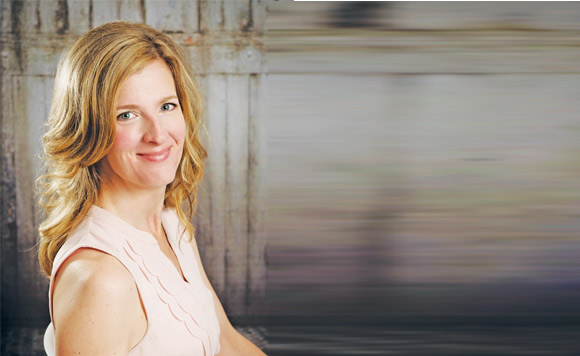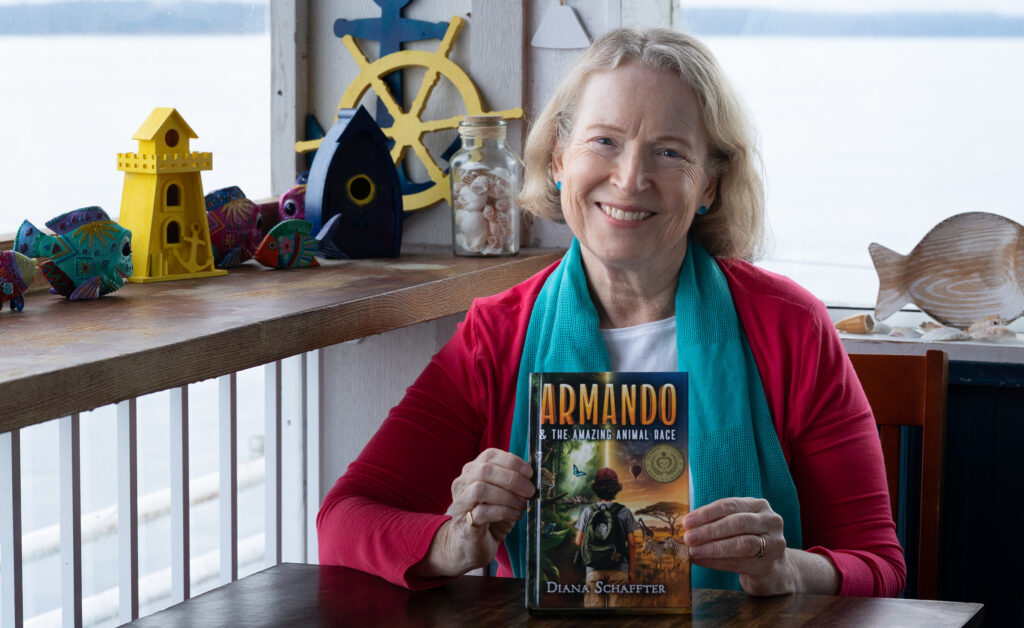by Krista Rossato, id8 Design –
Increasingly, we are a culture obsessed with success, achievement, and mastery. We benchmark our efforts against statistics, letter grades, pay increases, popular media, and more. Yet, our greatest hurdle is our fear of failure. We agonize over failure – we try to avoid it, we doubt ourselves, we protect ourselves, and we constantly question: “What if I fail?”
The fear of failure can be paralyzing and it is the biggest obstacle that designers, creators and innovators face. However, innovation is built on the lessons of failure – and learning to embrace it as part of the creative process is a difficult but necessary step towards success. There is a long list of innovators who repeatedly faced failure before they ever succeeded: Thomas Edison made over 6,000 attempts before perfecting the incandescent light bulb, Walt Disney was fired from an early job for “not being creative enough,” and J.K. Rowling endured rejection by multiple publishers.
Failure, therefore, is not a lack of success as commonly defined, but rather the process by which to achieve success. Some see the word FAIL as an acronym: Fearless Attempts In Learning. To take risks, and many of them, is crucial in the design process. It results in an understanding early on of what doesn’t work, what needs to be fixed, what adjustments are required, and what needs to be re-tested, all of which sparks fresh new ideas.
Here are a few Dos and Don’ts the next time you find yourself lucky enough to have failed:
DO reflect: Think of failure in a productive way – your biggest setback is opportunity to becoming your best comeback.
DON’T dismiss: Acknowledge that what you are trying is really hard!
DO take responsibility: Failing is uncomfortable. So rather than feel embarrassment, shame or regret, remind yourself that you can handle this.
DON’T blame: Finding fault is neither helpful nor productive.
DO take action: Use this as an opportunity to sharpen your skills and to look for new solutions.
DON’T give up: You may have failed, but that doesn’t mean you are a “failure.” Reflect on other times you have bounced back, and draw upon those experiences to remind yourself that you can do it again.
“Failure is our greatest teacher.” Perhaps this is why we encourage children to experiment, to take risks, to push forward, and to challenge what is in front of them. Therefore, the next time you hear yourself asking, “What if I fail?” instead ask, “What will I learn, if I dare to fail?” !




